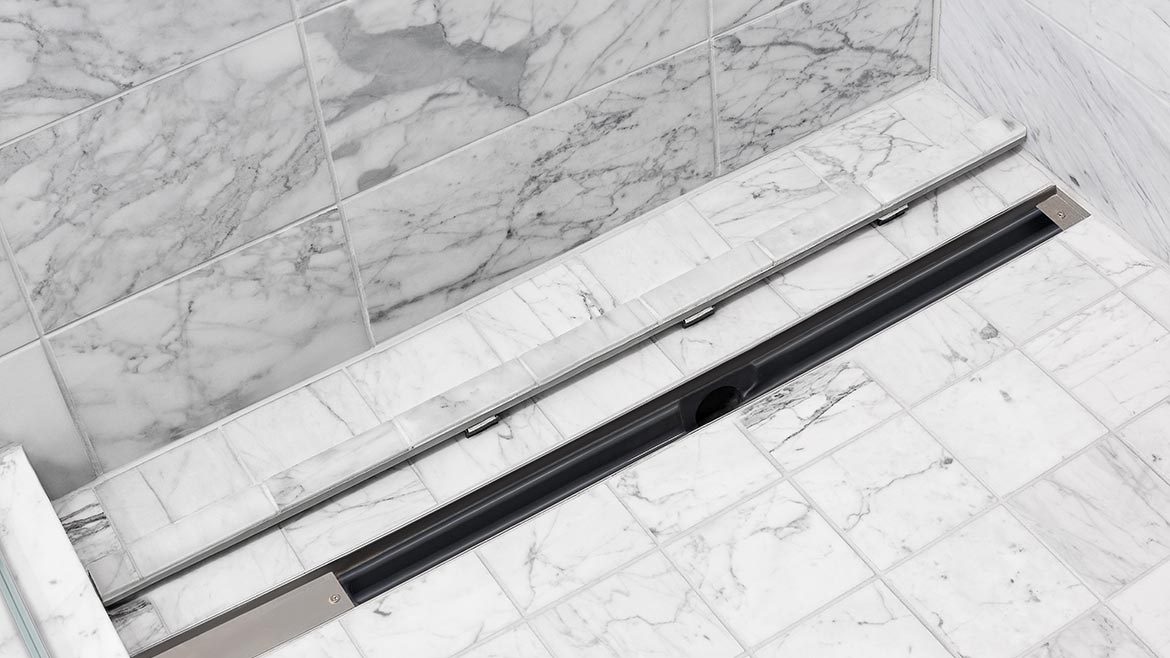Carpet America Recovery Effort (CARE) is seeking proposals for a 12 to 18 month project to demonstrate value-added uses for polyethylene terephthalate (PET) derived from post-consumer PET carpets (PCC). The goals of this project are to develop processes, products and identify viable market outlets for this feedstock, according to the organization. The scope of the project will cover fundamental materials science and specifications of PCC derived PET as a key feedstock, viable processes for conversion into a product(s), identification of market outlets and a business plan based on an economic model to translate the product(s) to the marketplace. Prototype products are required to demonstrate proof of principle and market contacts are encouraged. It is expected that a cross-disciplinary team based approach will be part of the proposal.
Over the past decade, post-consumer carpet (PCC) recycling has grown and developed its own market-driven industry. With CARE's help, this industry has developed intricate processes to recycle PCC. There are four basic polymer types used to manufacture carpet (both broadloom and tile): nylon 6, nylon 66, polyester (PET) and polypropylene (PP). The national recycling infrastructure has become increasingly successful solely based on the value of nylon face fibers. The entire U.S. PCC recycling industry, manufacturers and entrepreneurs alike, have developed technically and financially viable businesses based on the high value of nylon engineered resins and fibers. Nylon has always had a large and diverse base of end uses and applications from engineered plastics to fiber applications. The only barrier in broadening the deployment of high value nylon made from PCC has been the development of technology to efficiently separate nylon from the other carpet constituents and purify the resultant nylon to levels nearly equivalent to those of postindustrial scrap. Over the past 10 years, these methods have been commercialized and the result has been a robust growth in the acceptance and use of post-consumer nylon from carpet in a large variety of end uses.
Polypropylene (PP) face fiber carpets and which also contain PP backing are also being successfully recycled. Since the value of PP is much less valuable than that of nylon, it cannot form the sole basis of a successful recycling business. It becomes accretive to the viability of any post- consumer Nylon carpet recycling system.
The other major face fiber is polyester (PET). Presently, there are very few outlets for this recycled polymer. While PET resin, both virgin and recycled PET derived from bottles, is ubiquitous, the technology has not proven economically feasible for PCC derived feedstocks.
CARE will make information and access to existing products and processes available to aid research, including processing plant visits if deemed necessary, according to the organization.
Since the entire recycling infrastructure for recycling PCC was and is based on nylon, and to a lesser extent,polypropylene, other PCC materials, such as PET carpet in particular, have become a major negative cost factor to collectors/processors. The reason is simple: There is no readily established high value market for rPET in the normal "plastics world", as was the case for nylon. Therefore, end uses for PET must be developed in other areas. From a technical standpoint, PET has no "stand alone" engineered resins specifications or high volume applications due to the brittleness of PET polymer. There are a large number of other potential applications and it must be proven that PCC derived PET can be made to fit those applications.
Just seven years ago, CARE data shows that approximately 4% of the PCC stream collected was PET. In 2013, the percentage of PET in the collection stream is now estimated to be 34% and growing. If no solution is found, close to half of all collected PCC will find its way back into landfills at unsustainable costs to recyclers, according to the organization.
CARE is looking for a multi-disciplinary team for this project. For more information, visit carpetrecovery.org.







